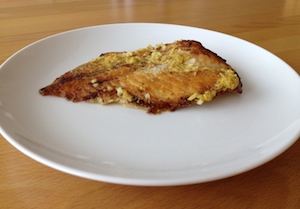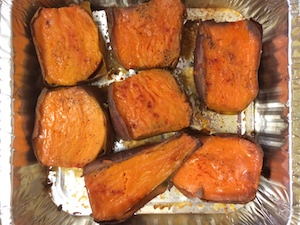Food addiction recovery is all about choices. We choose this and surrender that on a daily basis. The words “choice” is a very important addition to our recovery vocabulary. The concept of choosing involves deciding which one we want. The emphasis is on “want”. Having a choice between one thing and another is freeing. Instead of thinking I have to do this, I am elevated by thinking I choose to do this.
The first choice we make as we start our recovery is abstinence from addictive trigger foods. We continue to make that decision as we go forward in recovery. All progress depends on that basic daily choice. When it comes to food management, there are many daily choices to be made: adhering to a food plan, weighing and measuring, scheduling meals, and making nutritious choices.
Although abstinence is the beginning, as we go forward we will surrender much more of our old way of life. This involves giving up addiction-oriented beliefs and behaviors. We do this by creating and maintaining a program that will establish healthy growth and change. On this basis, we can look at this as making major choices and daily choices.
Major Choice: We choose a sponsor who is someone we want to take our food commitment and guide us through recovery and the twelve steps. We look for someone we trust who has what we want: lives in the solution, has a sponsor, emphasizes the steps and traditions, has worked the steps, is available for phone calls and personal meetings (if geographically possible), talks about the spiritual way of life, and we usually look for someone of the same gender.
We make daily choices when we decide to pick up the phone to speak with our sponsor, report our food plan, review our inventory, complete assignments and continue to do step work.
Question: What can I do to strengthen my relationship with my sponsor?
Major choice: We choose a group where we feel comfortable, probably one which our sponsor attends. It is important to be committed. When we join a group we go to meetings regularly. We go to as many meetings as we need to stabilize and maintain abstinence. A word of caution, one meeting a week is not enough. Attending and sharing at meetings are ways of giving service to the group. We can take service positions too. For those with limited face-to-face meeting opportunities, there are strong phone and online meetings available.
One of our daily and weekly choices is whether to attend or not attend meetings. Sometimes we choose a meeting and surrender a tv show we might have watched. We watch for excuses to miss meetings. That is relapse at work.
Question: What can I do to better serve my group?
Major choice: We choose the Twelve Step way of life. We learn the Twelve Steps which are a course of action that guide us in our recovery. First we study the steps, then we do the work of the steps and finally we incorporate them into our lives.
On a daily basis, we maintain conscious recovery that keeps us on the path of growth and change as we apply the principles of recovery which are embodied in the twelve steps.
Question: Which steps am I applying to my life today?
Small actions lead to major changes. When we are able to identify just what it is that is bothering us, we can make some quick choices. I call them “flash affirmations”. I flip a toxic condition into a positive thought and enjoy an immediate change. Here are some that work for daily life challenges.
When irritated: I choose patience.
When tempted: I choose abstinence.
When tense: I choose calmness.
When critical: I choose tolerance.
When defiant: I choose surrender.
When ungrateful: I choose gratitude.
When unkind: I choose compassion.
 Ingredients:
Ingredients: I have to admit, coming back home from a trip away and catching up with work makes me feel overwhelmed. If you entered my home office right now and saw my messy desk, you’d have direct insight into how I feel. You will also see a big difference between my desk and my husband’s desk. My husband keeps his desk clear and clean on a regular basis. I, however, have a tendency to wait until my desk gets out of hand and then announce a “declutter project!”
I have to admit, coming back home from a trip away and catching up with work makes me feel overwhelmed. If you entered my home office right now and saw my messy desk, you’d have direct insight into how I feel. You will also see a big difference between my desk and my husband’s desk. My husband keeps his desk clear and clean on a regular basis. I, however, have a tendency to wait until my desk gets out of hand and then announce a “declutter project!”
 A Delicious & easy to make baked sweet potato dish
A Delicious & easy to make baked sweet potato dish
 To stay strong in recovery we need to remember the basics. Getting enough sleep is one of these basics. Being tired and not taking good care of ourselves can lead us back into the food.
To stay strong in recovery we need to remember the basics. Getting enough sleep is one of these basics. Being tired and not taking good care of ourselves can lead us back into the food.